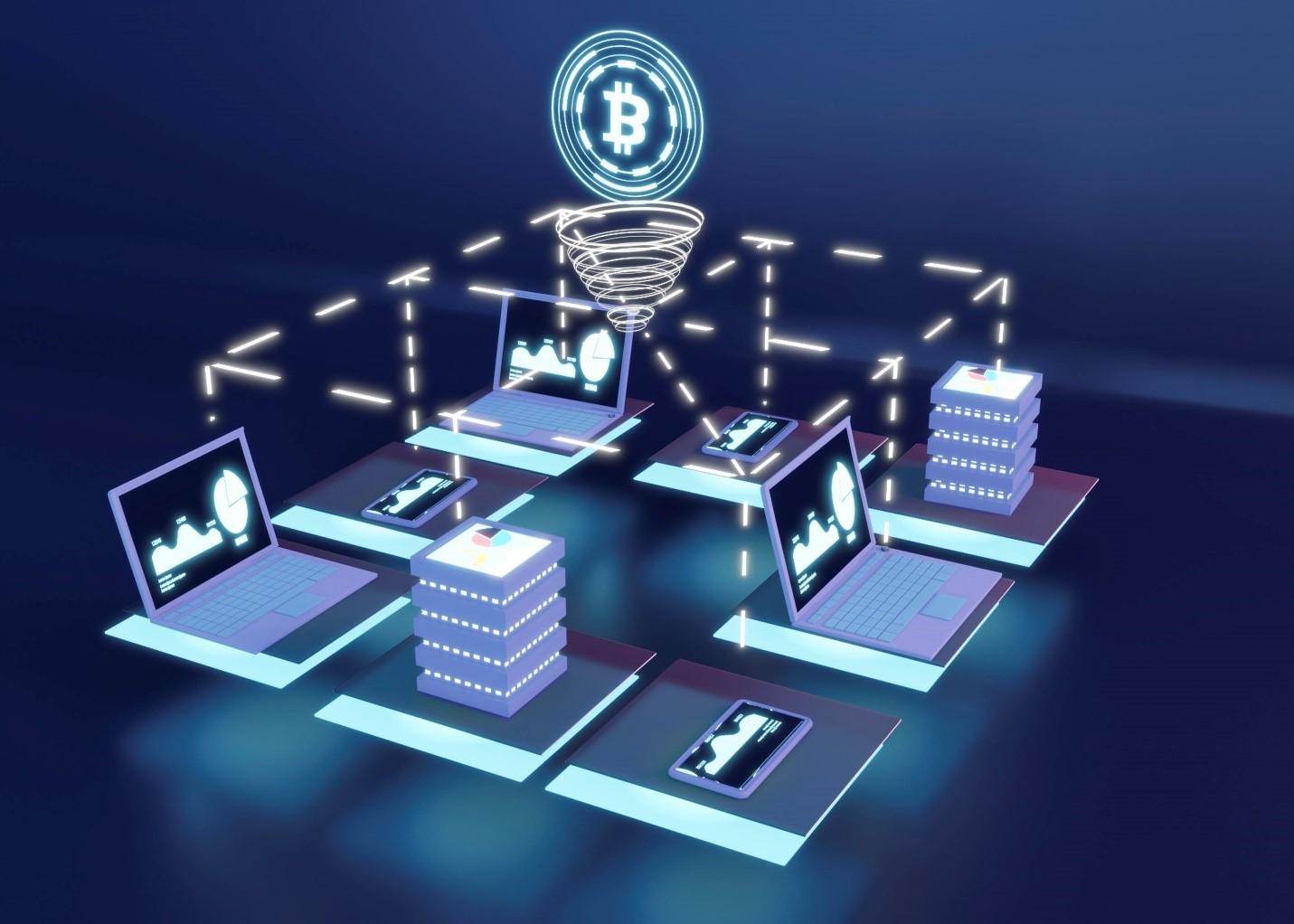What is Crypto Mining?
One of the unique aspects of crypto assets is how coins or tokens are generated. Crypto mining is the process through which well-known crypto blockchains such as Bitcoin, Litecoin, and Dogecoin, amongst others, generate new coins and verify new transactions. A blockchain is a digital, public, ledger which records crypto asset transactions. Most crypto assets today do not involve mining, where miners are involved, their primary function is to secure the public blockchain.
How does Mining work?
In the world of crypto, there is no centralised authority responsible for verifying the accuracy of new transactions which are added to a blockchain. Rather, they rely on the continuous coordination of a decentralised network of computers, or miners, to verify new transactions and to provide security. To incentivise miners to participate in this network, they are offered the potential reward of new coins native to that network. For example, new Bitcoin is offered as a reward for participation as a miner on the Bitcoin blockchain. Miners contribute their computing power with the aim of solving complex mathematical problems. The first to do so is then selected to add the next batch of transactions, i.e., the next block, to the blockchain and is rewarded with new coins for doing so. It is thus a virtuous circle; miners secure the blockchain in pursuit of new coins issued by the chain, this pursuit of rewards secures the blockchain.
Proof-of-Work vs Proof-of-Stake
Above, we have described a particular way in which a decentralised network of computers can interact, or reach consensus, to secure a public blockchain. It is called proof-of-work. The ‘work’ component here refers to the requirement for computational power to be contributed to the network. All proof-of-work blockchains entail crypto asset mining. Proof-of-stake is the other major consensus mechanism widely used today.
Under the proof-of-stake model, computers on the network are termed validators and not miners. These validators are required to lock up a set amount of the blockchain’s native asset in a smart contract instead of solving mathematical proofs. The set amount locked up is known as the validator’s stake. In the case of Ethereum, the second largest crypto asset by market capitalisation, validators need to lock up a minimum of 32 Ether for the opportunity to validate new transactions on the Ethereum chain, if successful they will earn new coins as a reward. Should a validator validate incorrect or fraudulent data, they may lose part or all their staked coins as a penalty.
In both models, incentives to participate, new coins, and disincentives to act fraudulently, penalties, exist. Under proof-of-work, the key resource required by the network is compute power, while under proof-of-stake, the resource is economic means.
Pros & Cons of Crypto Mining
Bitcoin, as the poster child for all proof-of-work blockchains, has received a lot of criticism over the past few years, with key concerns being:
Specialised hardware: mining requires specialised computer hardware in the form of application-specific integrated circuits (ASCIs), which is expensive to purchase, maintain, and upgrade periodically
Energy consumption: this specialist hardware is operational 24-7-365, meaning high electricity demand is necessary. Due to rising cost of energy globally, some detractors of mining question whether this use of electricity is worthwhile
On the other side, supporters of proof-of-work blockchains note the importance this consensus mechanism for the following reasons:
Security: the costs associated with mining make it difficult to attack the decentralised nature of these blockchains, providing a vital level of security which ensures all transactions are valid
Distribution mechanism: mining serves to distribute the native crypto asset of a proof-of-work blockchain is more equitable manner, arguably more so than proof-of-stake blockchains as anyone can participate in mining should they contribute the required compute power
Conclusion
Hopefully this has given you a solid understanding of the why and how of crypto mining, its importance for major blockchains like Bitcoin, and the key differences between proof-of-work and proof-of-stake chains. This technical understanding should serve you as you explore the world of crypto further.




